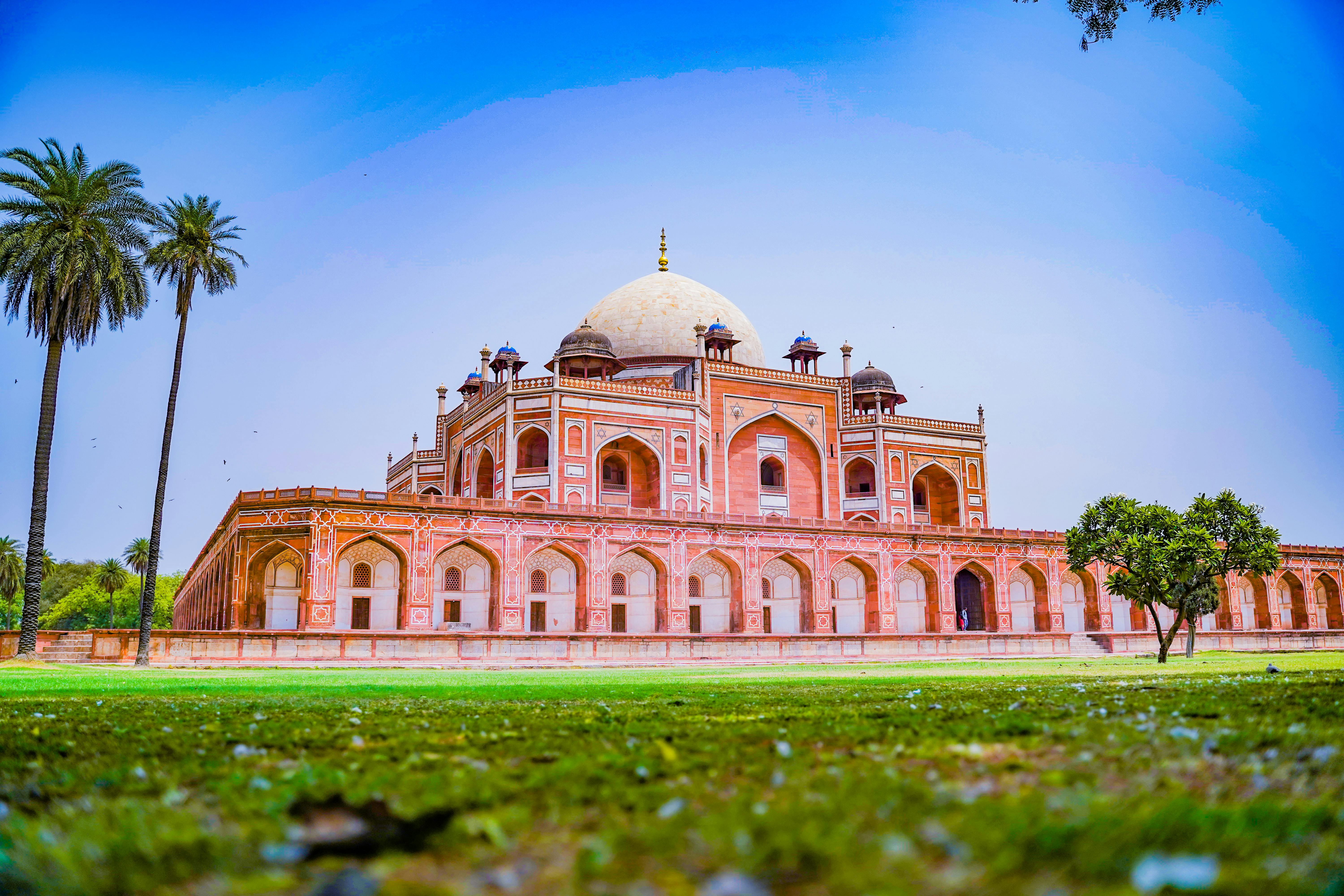


Overview
Humayun's Tomb is a stunning historical and cultural landmark nestled in the heart of New Delhi, India. Built in the 16th century, this magnificent mausoleum was commissioned by Empress Bega Begum in memory of her husband, Humayun, the second Mughal emperor of India. Recognized as a UNESCO World Heritage Site, it stands as a brilliant example of Mughal architecture, blending Persian and Indian styles.
Surrounded by beautifully landscaped Charbagh gardens, water channels, and striking red sandstone structures, Humayun’s Tomb offers visitors a glimpse into the grandeur of the Mughal era. The complex also houses several other royal tombs, making it a treasure trove for history lovers and architecture enthusiasts alike. Whether you’re a cultural explorer, a history buff, or a photography enthusiast, a visit to Humayun’s Tomb promises a serene yet captivating experience that transports you back to the glory days of the Mughal dynasty.
Top Destinations
Discover Humayun's Tomb in New Delhi — a UNESCO World Heritage Site showcasing Mughal grandeur, stunning architecture, and serene gardens.
Free Ask Question?
Q1. What is the best time to visit Humayun’s Tomb?
A: The ideal time is between October and March, when the weather is pleasant for sightseeing in Delhi.
Q2. How much time is needed to explore Humayun’s Tomb?
A: Around 1 to 2 hours is sufficient to explore the entire complex and enjoy its architecture and gardens.
Q3. Is photography allowed inside Humayun’s Tomb?
A: Yes, photography is allowed for personal use. However, special permission may be needed for commercial shoots.
Q4. Are there any entry fees for visiting Humayun’s Tomb?
A: Yes. Entry fees are applicable (with separate rates for Indian and foreign tourists), and children below 15 years are usually free.
Q5. What are the nearby attractions around Humayun’s Tomb?
A: Nearby attractions include India Gate, Lotus Temple, Qutub Minar, and Lodhi Gardens — all within a short drive.
